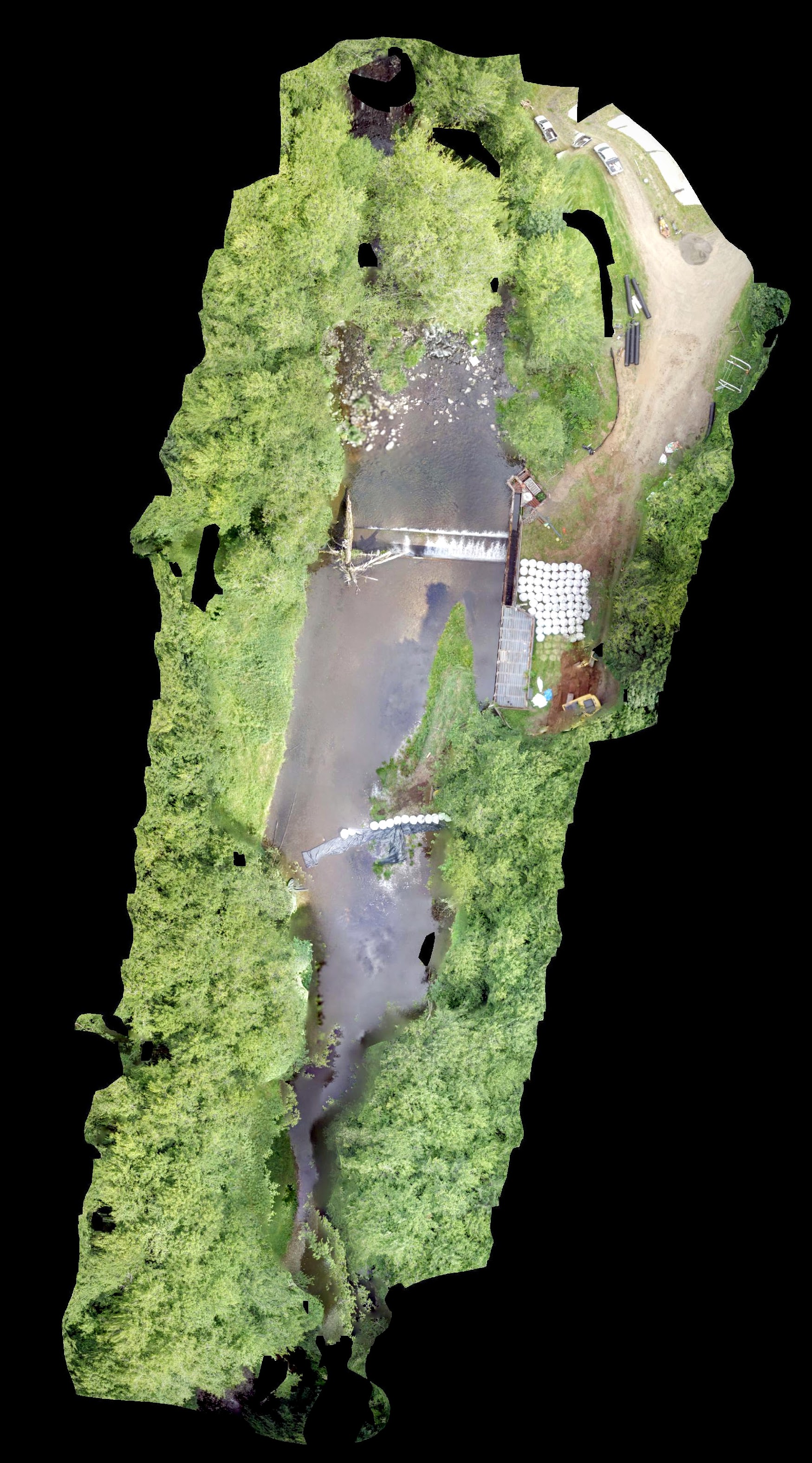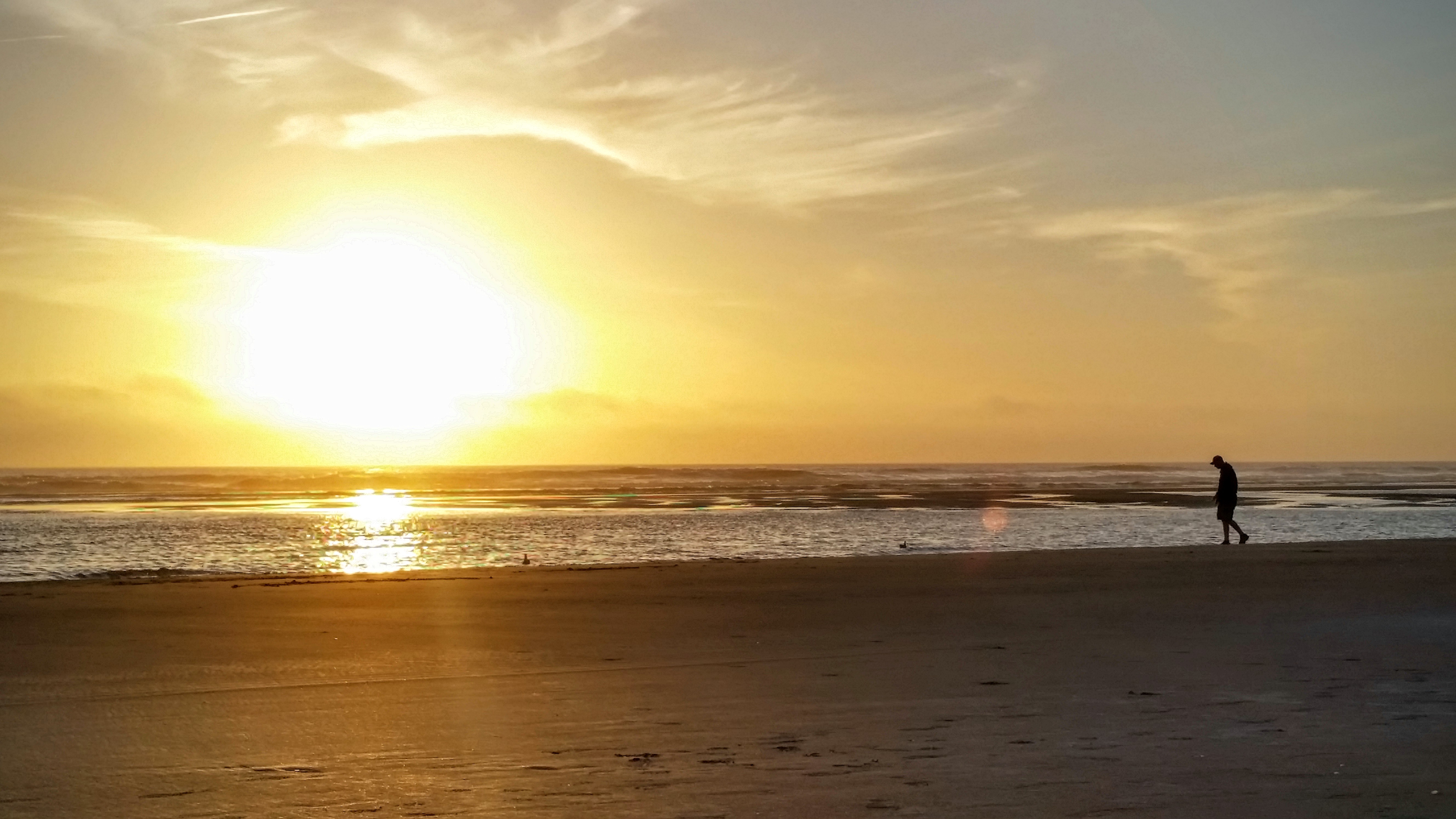Way back during my sophomore year of college, I took a course on general natural history – although the way the professor taught, it was more like story time than a lecture. He was one of those old school naturalists from the 1960s who built their careers simply by walking around and observing the subtle ecological interactions that you and I would have obliviously strolled past. Even now half-deaf from countless doses of antimalarial drugs and wizened from decades of work in the tropics, he retained a noticeable enthusiasm in his voice every time he regaled us about this particular insect or that peculiar plant.
His passion for nature was one that was superseded only by his mission for conservation, something that he strove to emphasize in every lecture. I took the following passage from an assigned article of his, one that I was reminded of as I reflected over the past ten weeks.
Science and society are uneasy partners in the wildland garden: In the best of worlds we may achieve a very fine and finely negotiated partnership, and in the worst of worlds, annihilation of one by the other. A wildland garden with gentle trodding from caring gardeners just might achieve the partnership. A wilderness faces certain annihilation as a battlefield.
This description is a summary of a larger ideal, one in which we humans view nature not as an unfathomable wilderness, but as a giant, valuable garden. It’s an ideal that has yet to be realized. In this modern age of technology and industry, the only way to ensure we have wild spaces left is to appeal to human authority and market the wilds as pragmatic and worth saving. An intact nature certainly does provide a wealth of ecosystem services and a multitude of other assets (not to mention aesthetics), but as it stands now, the magnitude of these benefits is lost to the majority of society.
The way things are going these days, this is the approach that we must pursue. But at the same time, I think there’s still hope for a paradigm shift, one where we will eventually acknowledge nature not just on its tangible worth, but also on its intrinsic values. My time here with the ODFW Marine Reserves Program has been an enlightening experience of what has so far been accomplished and also what needs to be done further in this regard. If there’s anything I can pass along to those of you who are reading, it would be these few lessons that I’ve learned both here and in years past.
- Nature has been extraordinarily resilient against humanity’s “management,” but there is a breaking point.
One of the greatest follies of human nature is that we think we know best (the operative word here being “think”). But the truth is that we have learned after the fact too many times for us to know what is and isn’t good for the environment:
And yet people still think ventures like the Pebble Mine are good ideas. I could go on and on, but the message is that most of the time our intentions are neutral at best and irreparably catastrophic at worst. We’ve seen it countless times already, we’re still seeing it happen in the present, and we’re bound to repeat it in the future if something doesn’t change.
The solution? Allow our scientists and their research to inform and guide us, which takes us to my next point.
- Science takes time.
…but right now there is no time, which is why endeavors such as the marine reserves that conserve the study area throughout the research process are so critical. The reserves are due for an evaluation by legislature in 2023, more than a decade after they were created. A lot can happen in ten years, and already for many places it would be too late to begin research without some kind of protection plan in place, as is the case here.
In the meantime…
- We need to tap into our inner naturalists.
There is a very real and ongoing disconnect between humans and nature, a phenomenon that I believe is at the heart of the problem. It seems to me that there’s a correlation between technological advancement and a diminishing appreciation for nature. That isn’t to say the modern world we’ve created is inherently bad, but as we stray farther from our primitive roots, we lose the ability to identify with the outside world. The society we’ve become is one that is incapable of recognizing the well-being of anything outside of its own domesticated bubble. Simply put, if we don’t have any reason to care, then we have no reason to shoulder any responsibility.
Amidst all of the contention, there is a proverbial light at the end of the tunnel. Oregon’s marine reserves (and indeed, all of our protected areas) are serving as the models we need going forward. Put science at the forefront in dictating policy, set definitive boundaries that give biodiversity a fighting chance to bounce back, and communicate the virtues of a robust ecosystem to the rest of the world. Until there is a universally understood obligation to maintain our wild spaces, it’s perhaps the only way we’ll attain any semblance of harmony.
The alternative if we don’t? Human encroachment continues until there are only isolated and ecologically useless patches of wilderness left, pollution sullies the rest, and our natural resources are eventually depleted as we consume with reckless abandon. Society will be left to ponder what went wrong. As with many things past, we’ll only know what we lost when it’s well and truly gone.

















